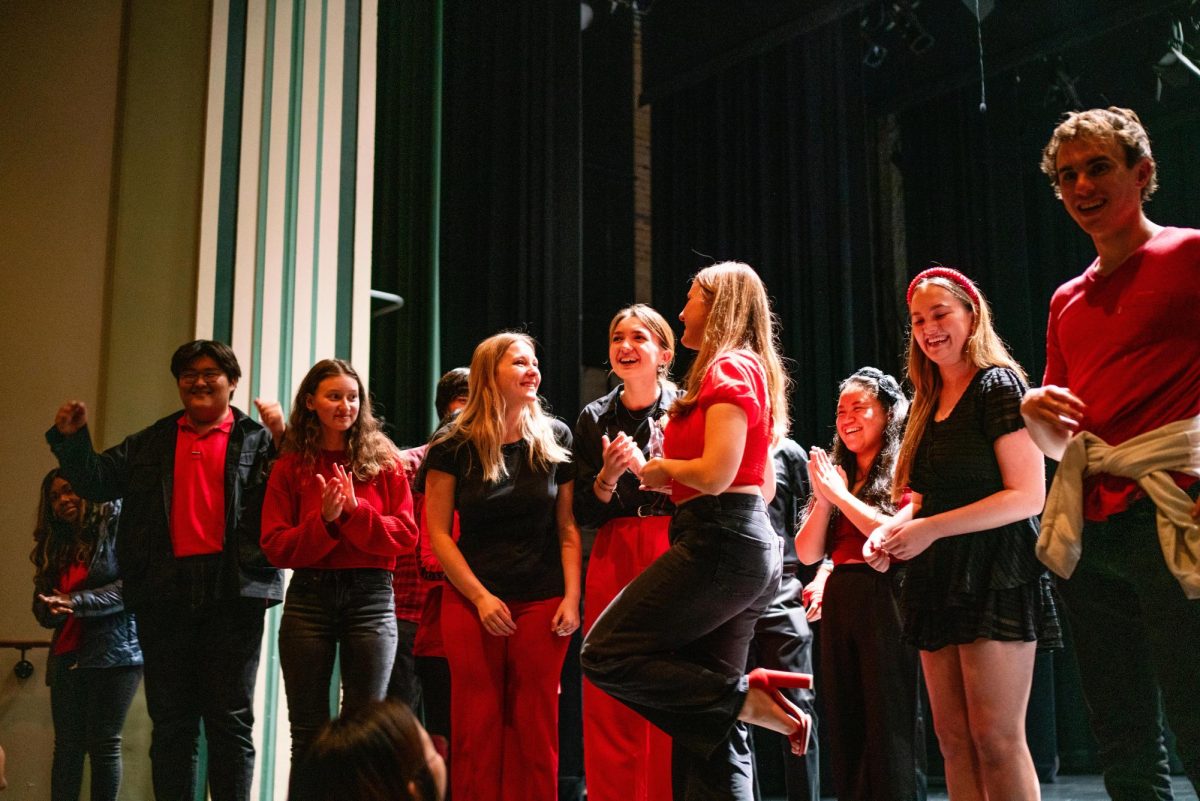A University professor is using Roman technology developed over a thousand years ago to help advance his work in biological detection.
Gang Logan Liu, assistant professor in electrical and computer engineering, is being recognized for his work in nanotechnology inspired by a 1,600-year-old cup.
The Lycurgus Cup is kept in the British Museum in London and, according to the museum’s website, dates back to the fourth century. The cup depicts mythical King Lycurgus attacking Dionysos, god of the grape harvest, and one of his followers, Ambrosia. He then calls out to Mother Earth, who turns Ambrosia into a vine so she can entrap Lycurgus while Dionysus tortures him.
Ralph Mathisen, Roman history professor, said the cup was probably used for religious purposes and revels in the fact that there is nothing made quite like it anymore. The cup is an example of dichroic glass, which, in this case, contains tiny particles of gold and silver that causes it to change color from green to red when held in direct light.
“How they did it, no one exactly knows,” Mathisen said. “It’s hard for people in the modern day to understand. It’s hard for them to admit that people back in ancient times were smarter than us.”
Get The Daily Illini in your inbox!
Liu has taken what he referred to as an “engineering masterpiece” and received inspiration from it. Since the cup is being preserved in the British Museum, Liu couldn’t perform any experiments on it, so he recreated a much smaller plastic version using nanotechnology. Liu said he discovered that when different organic liquids were poured onto the surface of the plastic, the color changed dramatically, meaning that there was high activity in the vibrating electrons.
Liu said this technology largely simplifies biological detection, giving anyone the ability to do sensitive detection of chemical changes with only the device Liu and his team have created, an LED light source and a camera.
“They are able to do very sensitive detection for very cheap — the same as millions of dollar apparatuses as scientists use,” Liu said. “It could reduce the cost of equipment by at least 100 times and benefit more people that way.”
Ariell can be reached at [email protected].








